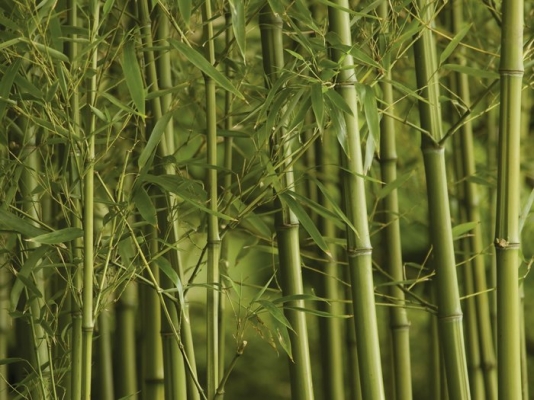General Information
It is an evergreen woody perennial plant which belongs to the family of poaceae. The annual production of bamboo is 3.2 million tonnes and the productivity is 0.13tonnes/acre. In India approximately 125 species are found, from which most of the species are found in Arunachal Pradesh, Assam, Manipur, Meghalaya, Mizoram, Nagaland, Tripura and West Bengal. Bamboo tree attains the height of 30m and diameter of 25-30cm. The leaves are long, unlimited flowers and small seeds. The weight of 1000 seeds are approximately 10gm.







